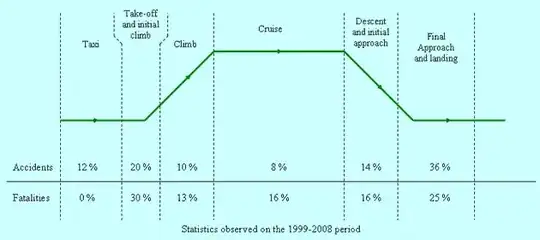About as definitive answer as you can probably get is "that it's a procedure required by some operators".
Here is the
Cabin Safety Compendium 0 A Companion to the Operator's Flight Safety Handbook
In its 174 pages it only mentions "window shades" once, on page 2-10 (26th page in manual) and there it says, as part of the Taxi-Out Procedures.
- Opening window shades fully (some Operator's procedures).
This is a December 2001 publication on the 'Flight Safety Foundation' website.
A search of the site using their search facility for "window shade" and "shade" found a few relevant references and more irrelevant ones but no other ones that addressed this issue.
If this organisation that aims to be an international authority in aviation safety has nothing substantive to say on the topic, then there probably isn't a useful universal answer.
That said, I have always personally understood (quite possibly fallaciously) that the answer listed as seeming rather silly by Jamiec is in fact the main one.
In the event of a crash with multiple but not complete fatalities the ability to provide aid MAY be assisted by being able to see into the aircraft - either to see if individual passengers are able to be assisted or for general purposes.
I have flown extensively in recent years, mostly in Asia and between Asia and New Zealand, and my recollection is that the requirement to have window shades open is essentially universal.
Takeoff and landing are by statistical record, the most dangerous parts of a flight. One claimed breakdown of accident rates by flight phase. Taken from here

Related:
This is a second cousin of the "please return to your original seat for landing" request. This makes identification of incinerated bodies just slightly easier.
US Department of Transport takeoff and landing statistics by airport
